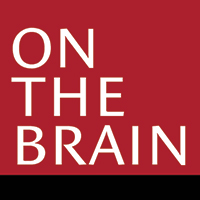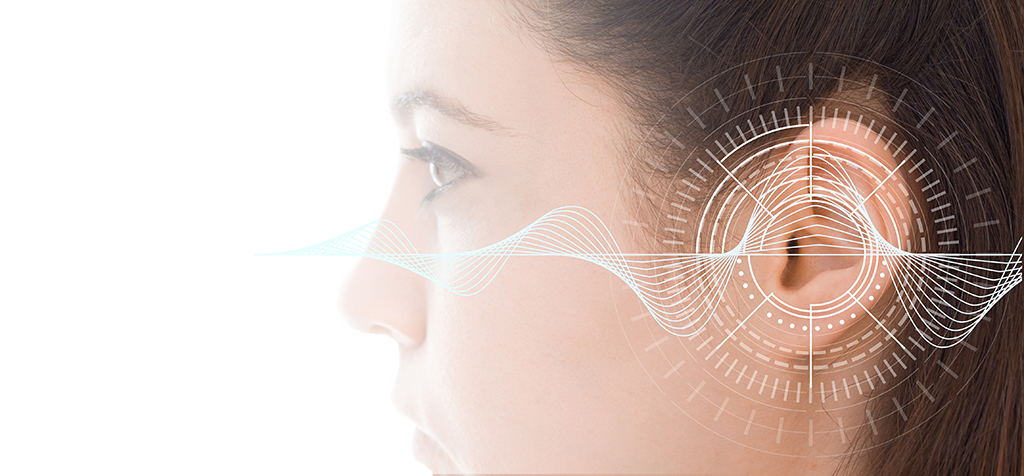Spring 2018
Hearing loss is the most common neurological disorder, affecting an estimated 360 million adults and children worldwide, according to the World Health Organization.
 Yet there are no biological treatments to restore hearing once it’s lost. Harvard Medical School faculty members are determined to change that.Take Jeffrey R. Holt, PhD, an HMS professor of otolaryngology and neurology and director of otolaryngology research at the F.M. Kirby Neurobiology Center at Boston Children’s Hospital. He conducts research on “sensory hair cells,” the tiny inner-ear cells that play a critical role in hearing and balance.
Yet there are no biological treatments to restore hearing once it’s lost. Harvard Medical School faculty members are determined to change that.Take Jeffrey R. Holt, PhD, an HMS professor of otolaryngology and neurology and director of otolaryngology research at the F.M. Kirby Neurobiology Center at Boston Children’s Hospital. He conducts research on “sensory hair cells,” the tiny inner-ear cells that play a critical role in hearing and balance.
“They’re beautiful cells with a unique function,” says Holt, who has studied them for almost 30 years. With collaborators across and beyond HMS, his laboratory uses molecular engineering, gene therapy, stem cells, electrophysiology, and other tools to understand the genetic causes of hearing loss, which Holt notes account for nearly half of all deafness cases. Infections, certain medications, noise exposure, birth complications, and aging can also impair hearing.
The Holt lab helped solve a decades-old scientific mystery about hearing by discovering that the gene TMC1 (and the related TMC2) is essential for “hair cell transduction” in the inner ear—the process of converting sound into electrical signals that travel to the brain. Mutations in TMC1 can cause hair cells, which don’t regenerate on their own, to die. The lab’s finding led to recent experiments in which Holt and colleagues restored sensitivity to loud sounds in mice by using viral vectors to deliver healthy TMC1 into their inner ears. Says Holt, “We saw evidence of hearing recovery at the cellular, systems, and behavioral levels.”
Gwenaëlle S. Géléoc, PhD, co-leader of the lab with Holt and an HMS assistant professor of otolaryngology at Children’s, used a similar viral-vector approach on Ush1c, a gene associated with the dual deafness-blindness condition Usher syndrome. When treated shortly after birth, these mice responded to sounds as quiet as a whisper. Although buoyed by their discoveries, Holt and Géléoc (who are married) say more work is needed to develop safe and effective genetic therapies to repair damaged inner-ear cells in humans.

In other recent research, HMS scientists helped use a new gene-editing strategy to stop progressive hearing loss in a mouse model. A multi-institution team that included Holt and David R. Liu, AB ’94, PhD, a professor of chemistry and chemical biology at Harvard University and the Richard Merkin Professor at the Broad Institute of MIT and Harvard, did so by injecting a CRISPR-Cas9 protein directly into the inner ear to silence a dominant TMC1 mutation that otherwise would have killed the sensory hair cells.
Stem cells offer another innovative approach to recovering hearing. Holt and Indiana University School of Medicine scientists last year coaxed human stem cells to develop into inner-ear-like organs with functional human hair cells. This technique, Holt says, could provide abundant cells for testing future treatments for hearing and balance disorders.
With hearing problems rising in the aging U.S. population, and with biotech companies now investing in the long-ignored hearing-loss field, Holt is more optimistic than ever about prospects for developing drugs and other biological therapies to augment the limited mechanical options available for impaired hearing: hearing aids and cochlear implants. “There’s a big unmet need here,” he says, “and we are excited to be developing potential treatments for genetic hearing loss.”
Debra Bradley Ruder is a freelance medical writer based in Greater Boston.
 The Harvard Mahoney Neuroscience Institute hosts a public lecture series to continue its efforts to educate the public on the latest scientific discoveries in neuroscience and translate how these discoveries are relevant in our daily lives.
The Harvard Mahoney Neuroscience Institute hosts a public lecture series to continue its efforts to educate the public on the latest scientific discoveries in neuroscience and translate how these discoveries are relevant in our daily lives.
 Since its founding in 1990, the Harvard Mahoney Neuroscience Institute has helped advance neuroscience at Harvard Medical School by promoting public awareness of the importance of brain research and by helping to fund research at the School’s Department of Neurobiology.
Since its founding in 1990, the Harvard Mahoney Neuroscience Institute has helped advance neuroscience at Harvard Medical School by promoting public awareness of the importance of brain research and by helping to fund research at the School’s Department of Neurobiology.